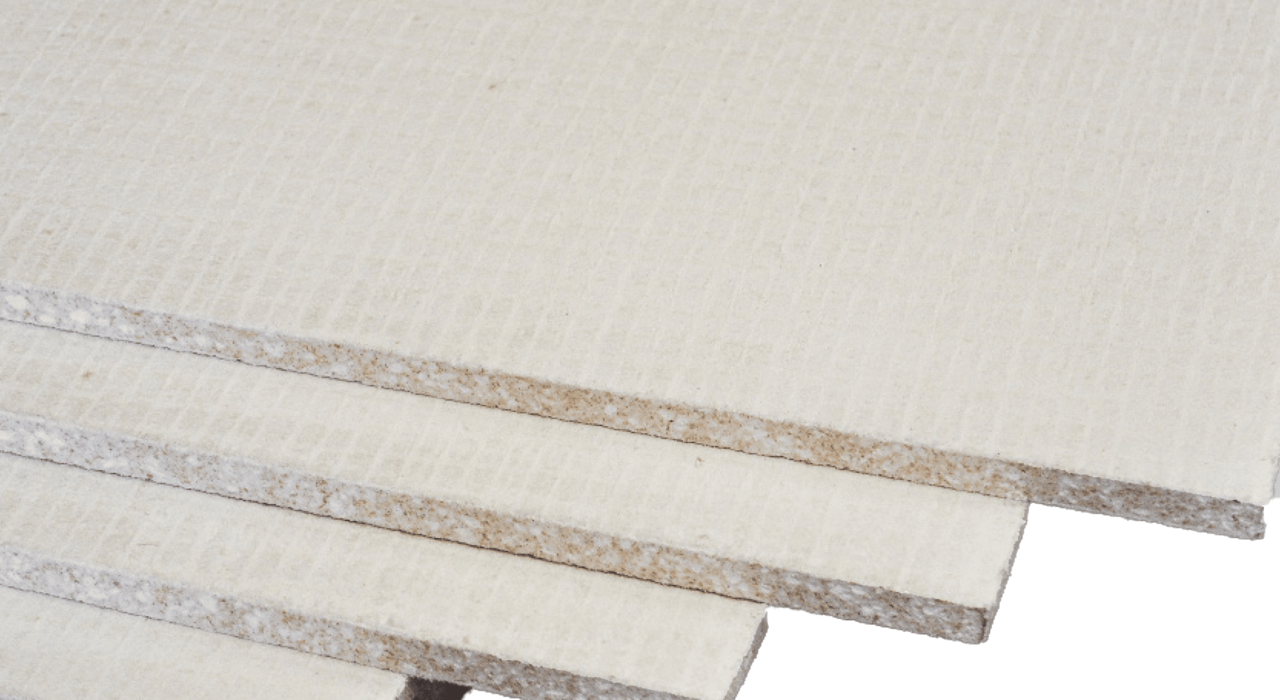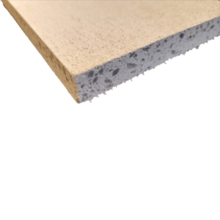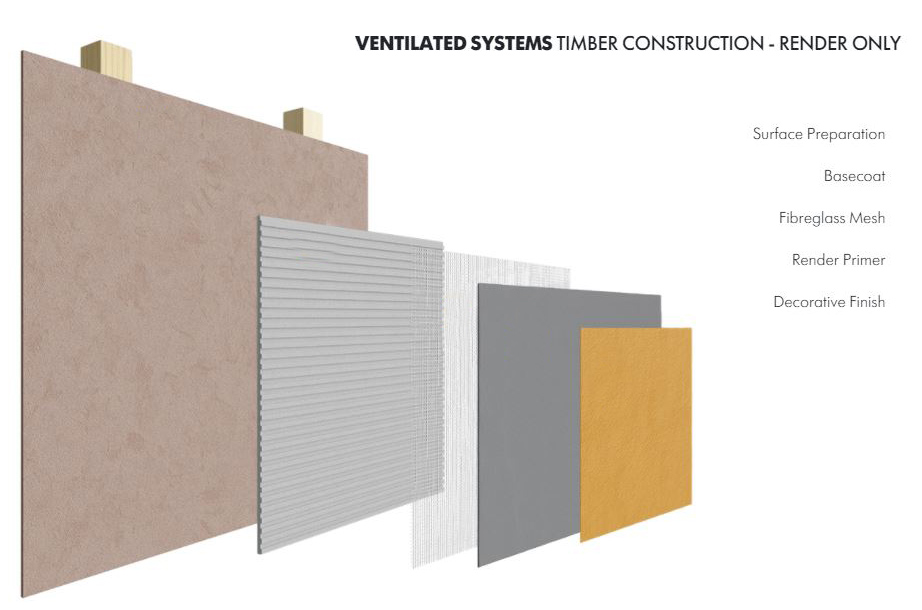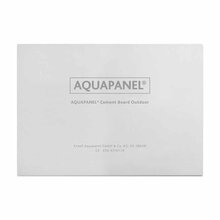
Render carrier boards, also known as sheathing boards, provide a durable and stable backing surface for thin-coat render systems. These boards are usually fixed onto a carrying substrate such as treated timber battens or a lightweight steel frame and are widely used in both residential and commercial projects.
For traditional lime-based renders, a heavier board such as wood wool board is required due to the additional weight of the system.
Why Choose Render Carrier Boards?
Render carrier boards:
-
Offer a solid, impact-resistant surface.
-
Are weather-resistant, able to withstand rain, wind and snow.
-
Don’t rot or swell when exposed to moisture.
-
Provide a long-lasting substrate for external finishes.
At EWI Store, we recommend three main render carrier boards:
Comparison of Render Carrier Boards
| Board | Composition | Fire Rating | Certification | Ease of Use | EWI Pro Compatible |
|---|---|---|---|---|---|
| A1 Easyboard | Cement-based | A1 Non-combustible | CE marked | Easy to cut & install | ✅ Yes |
| Knauf Aquapanel | Cement-based | A1 Non-combustible | BBA Certified (with EWI Pro render system) | Score & snap | ✅ Yes |
| 12 mm Versaroc MPA1 | Fibre cement | A1 Non-combustible | Kiwa BDA Agrément (BAW-20-154-P-A-UK) | High strength, moisture & impact resistant | ✅ Yes |
BBA Certification: A Seal of Confidence
EWI Pro offers a BBA-certified render system specifically for use with Knauf Aquapanel Exterior Cement Board. This full system—including thin-coat renders—is covered under Agrément Certificate 22/6324, which confirms its suitability for ventilated and drained exterior cladding systems on both timber and steel-frame buildings.
The certification verifies that the system:
-
Provides strength and stability, resisting wind loads and impacts.
-
Offers a fire classification of A2-s1, d0, depending on the render finish.
-
Demonstrates excellent weather resistance, shedding water effectively.
-
Has a service life in excess of 30 years, under normal conditions.
This makes Knauf Aquapanel the ideal choice for projects requiring a certified render carrier board system.
What About Versaroc MPA1?
Unlike Knauf Aquapanel, Versaroc MPA1 does not hold a BBA certificate for render systems. Instead, it is independently assessed under the Kiwa BDA Agrément Certificate (BAW-20-154-P-A-UK).
This certification confirms its suitability as a non-structural external sheathing board on light gauge steel frames. Key features include:
-
Class A1 non-combustible rating (BS EN 13501-1:2018).
-
Tested to BS EN 12467:2012 + A2:2018, with Category A moisture resistance.
-
Provides exceptional durability, airtightness, and mechanical strength.
It is widely used in commercial and residential projects for its robustness, but unlike Knauf Aquapanel, it does not come with a BBA-certified render system.
Applying Render to Render Carrier Boards
The application process is consistent across A1 Easyboard, Knauf Aquapanel, and Versaroc MPA1:
-
Board Joints
-
Fill all board joints with EWI-225 Premium Basecoat.
-
Bed 100 mm wide strips of Orange Fibreglass Mesh into the joints to reinforce them and prevent cracking.
-
-
Basecoat Layer
-
Apply EWI-225 Premium Basecoat across the full board using a 10 mm notched trowel (to achieve a 6 mm layer).
-
Embed Orange Fibreglass Mesh into the basecoat in vertical strips with a 10 cm overlap.
-
Smooth the surface for a flat, even finish.
-
-
Primer
-
Once the basecoat has cured, apply a primer such as EWI-333 Topcoat Primer.
-
This improves adhesion and helps regulate drying time of the render.
-
-
Finishing Coat
-
Choose from our thin-coat render range, including Silicone Render, Silicone Silicate Render, or Acrylic Render.
-
Apply at the correct thickness to match the grain size (e.g. 1.5 mm render = 1.5 mm application).
-
Float in a circular motion to achieve a uniform decorative finish.
-
Why EWI Store Recommends These Boards
-
A1 Easyboard – Cost-effective, non-combustible, and easy to install.
-
Knauf Aquapanel – Backed by a BBA-certified render system with EWI Pro, plus manufacturer warranties.
-
Versaroc MPA1 – A robust fibre cement board with Kiwa BDA certification, offering excellent strength, moisture resistance, and non-combustibility.
At EWI Store, we supply A1 Easyboards, Knauf Aquapanel and 12 mm Versaroc MPA1, along with the adhesives, meshes, primers and renders you’ll need. Contact our team for technical support or to be put in touch with an approved installer.





